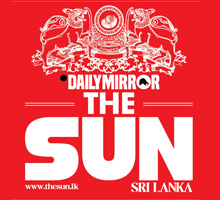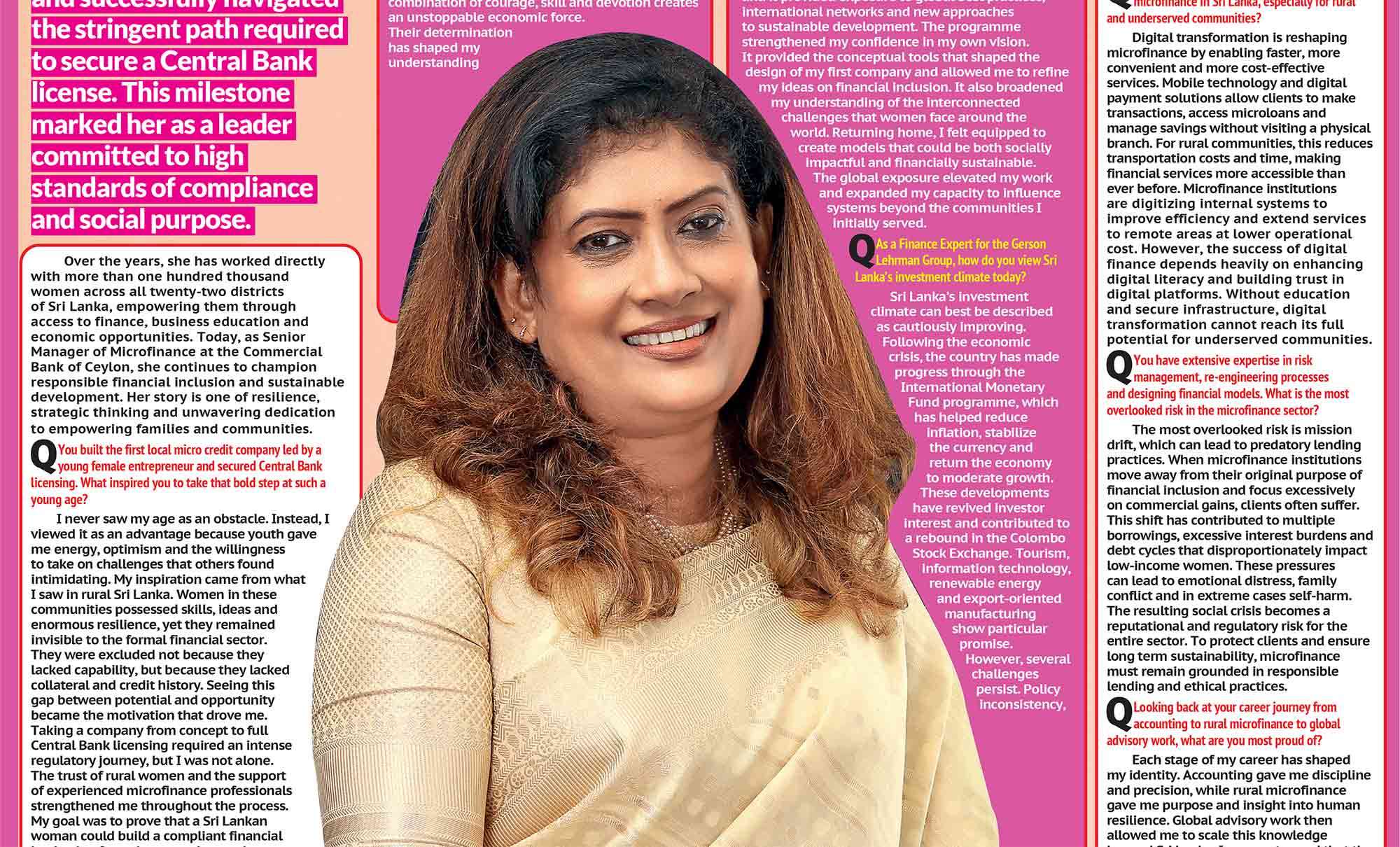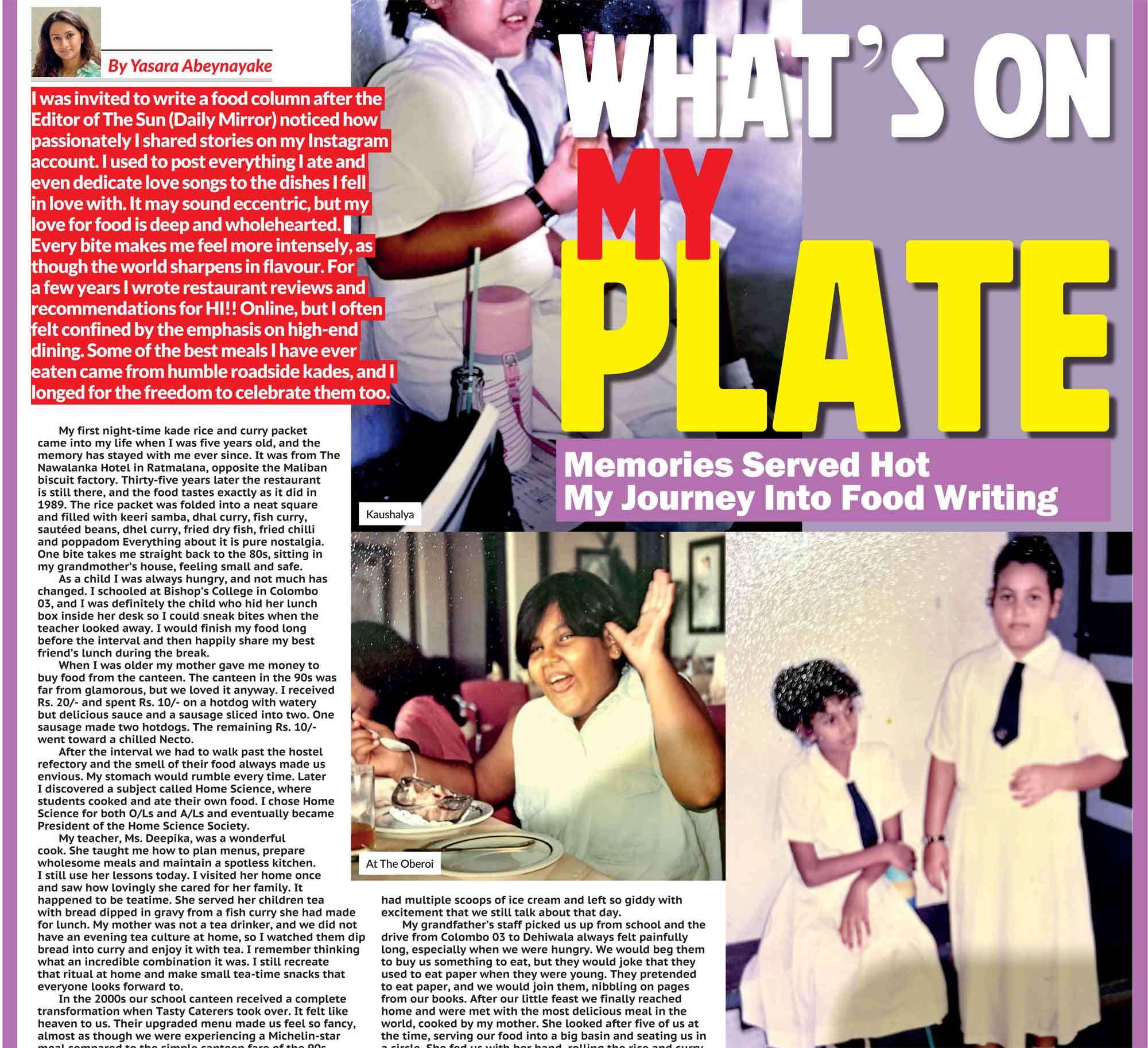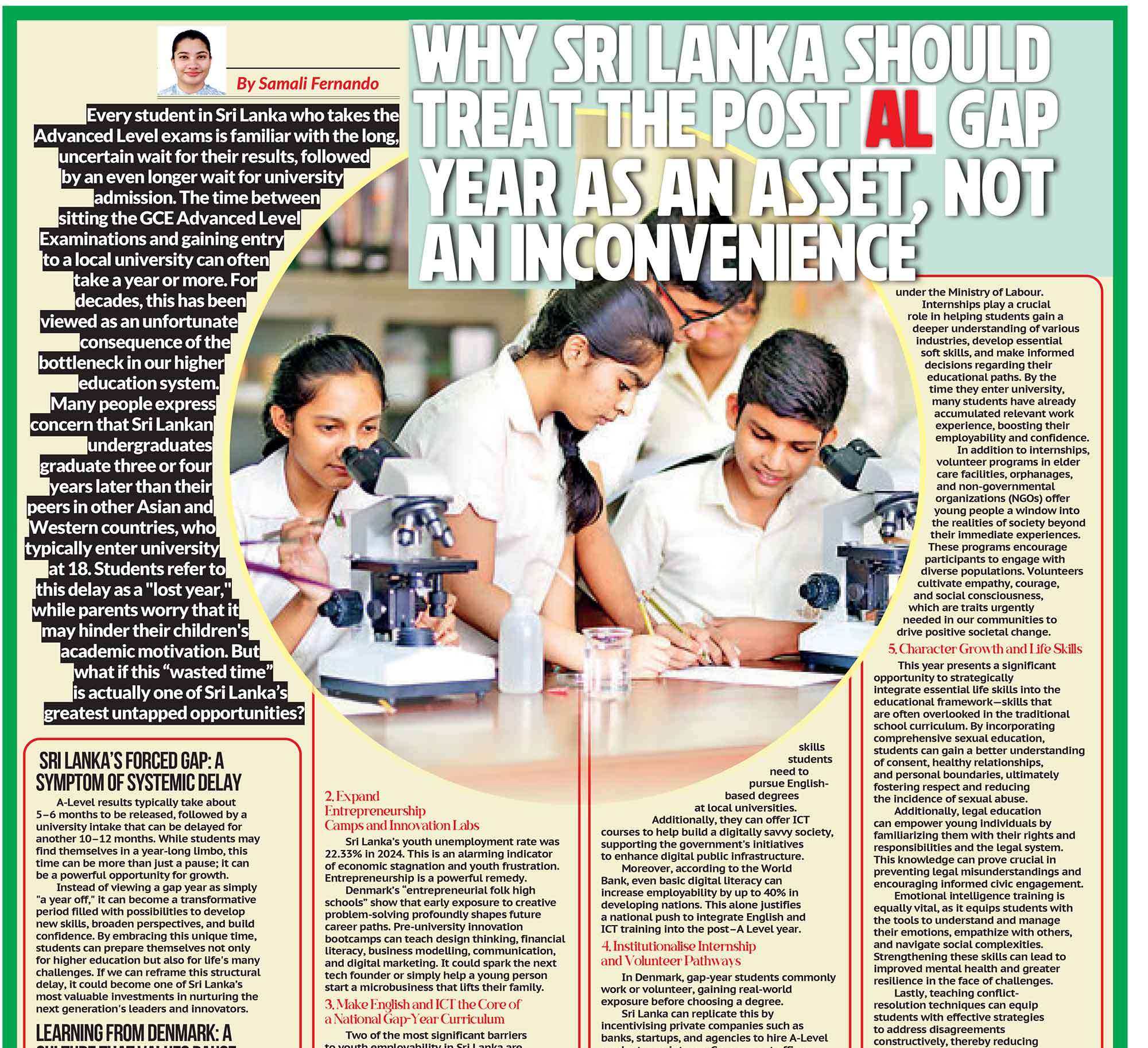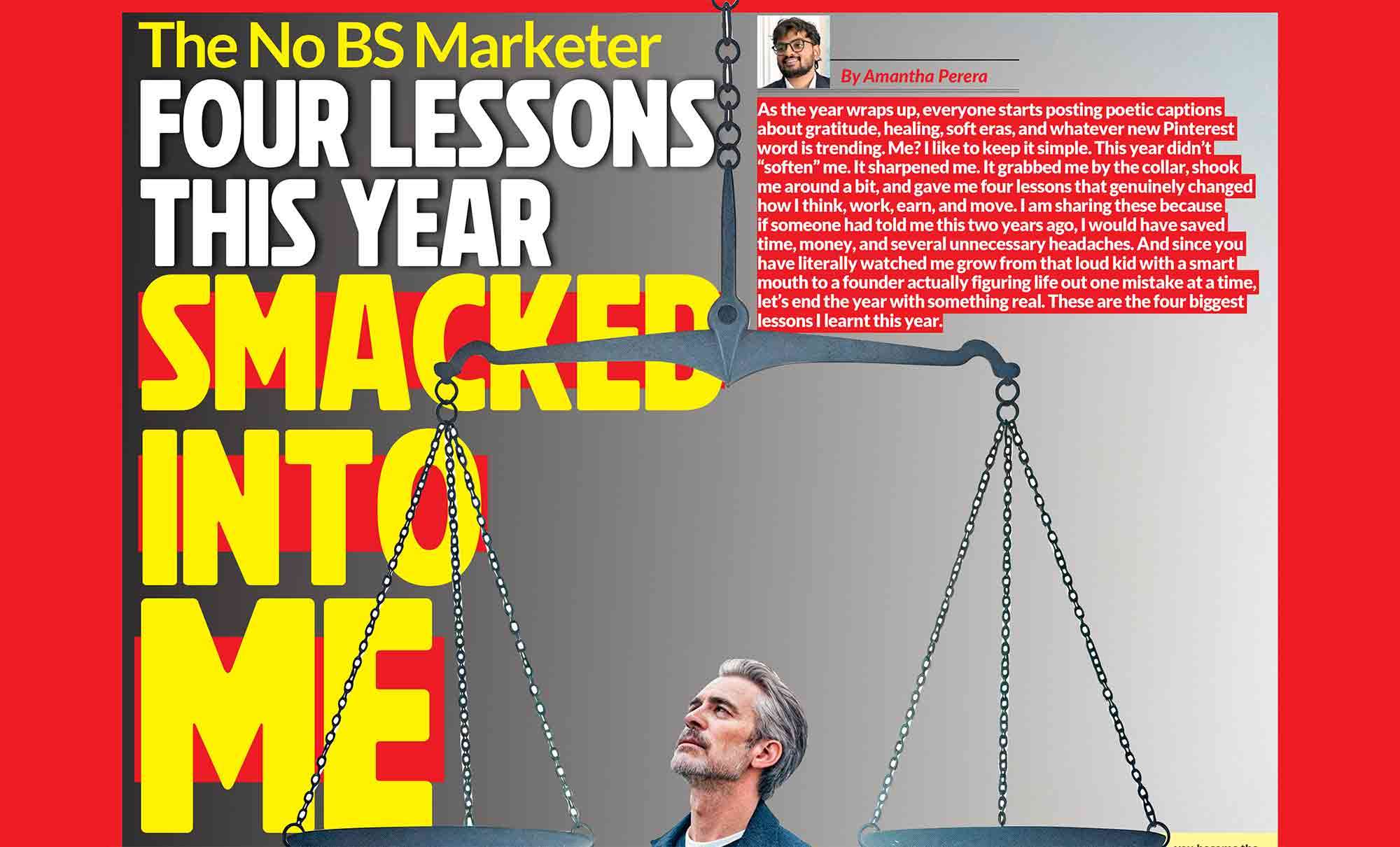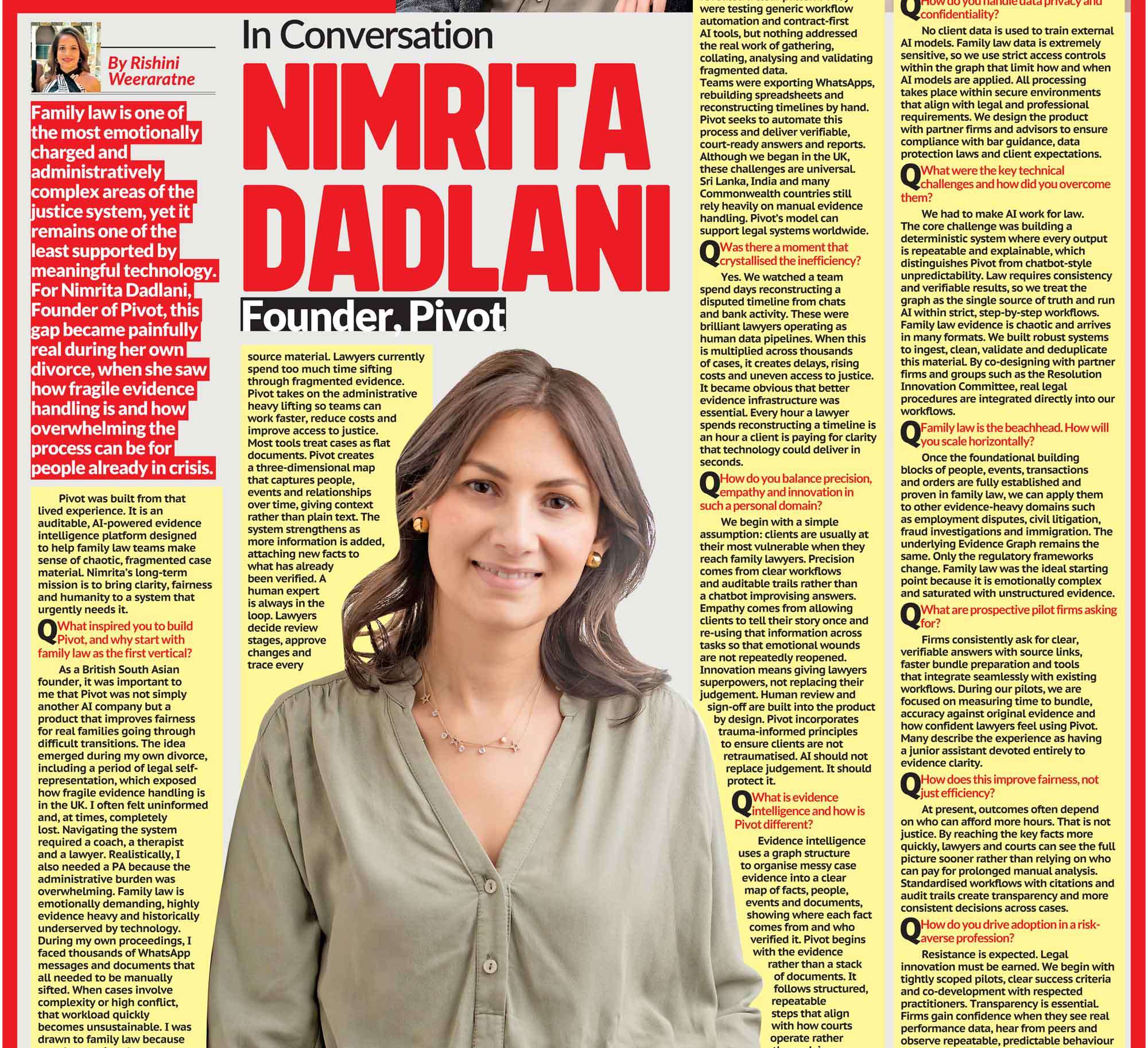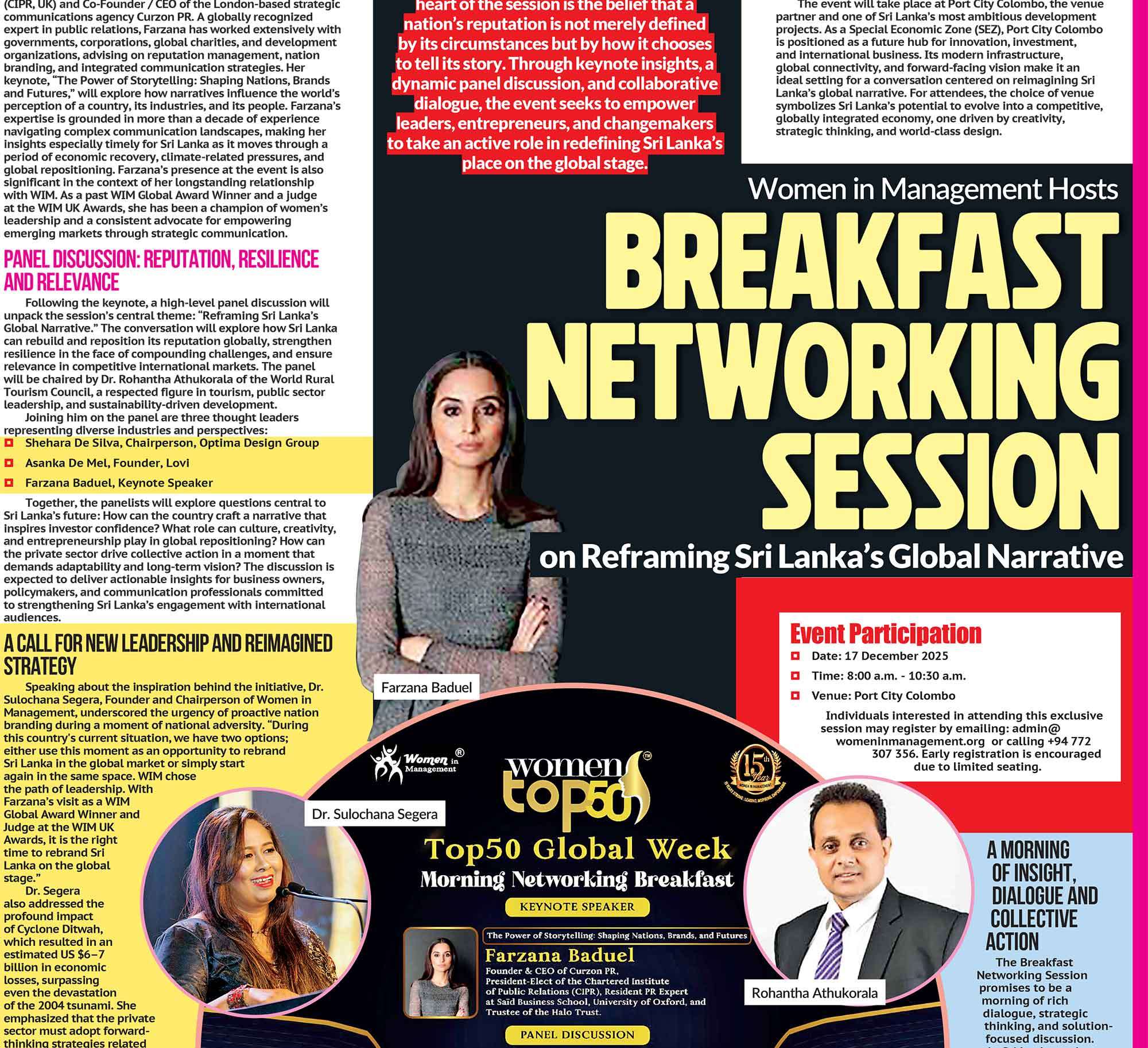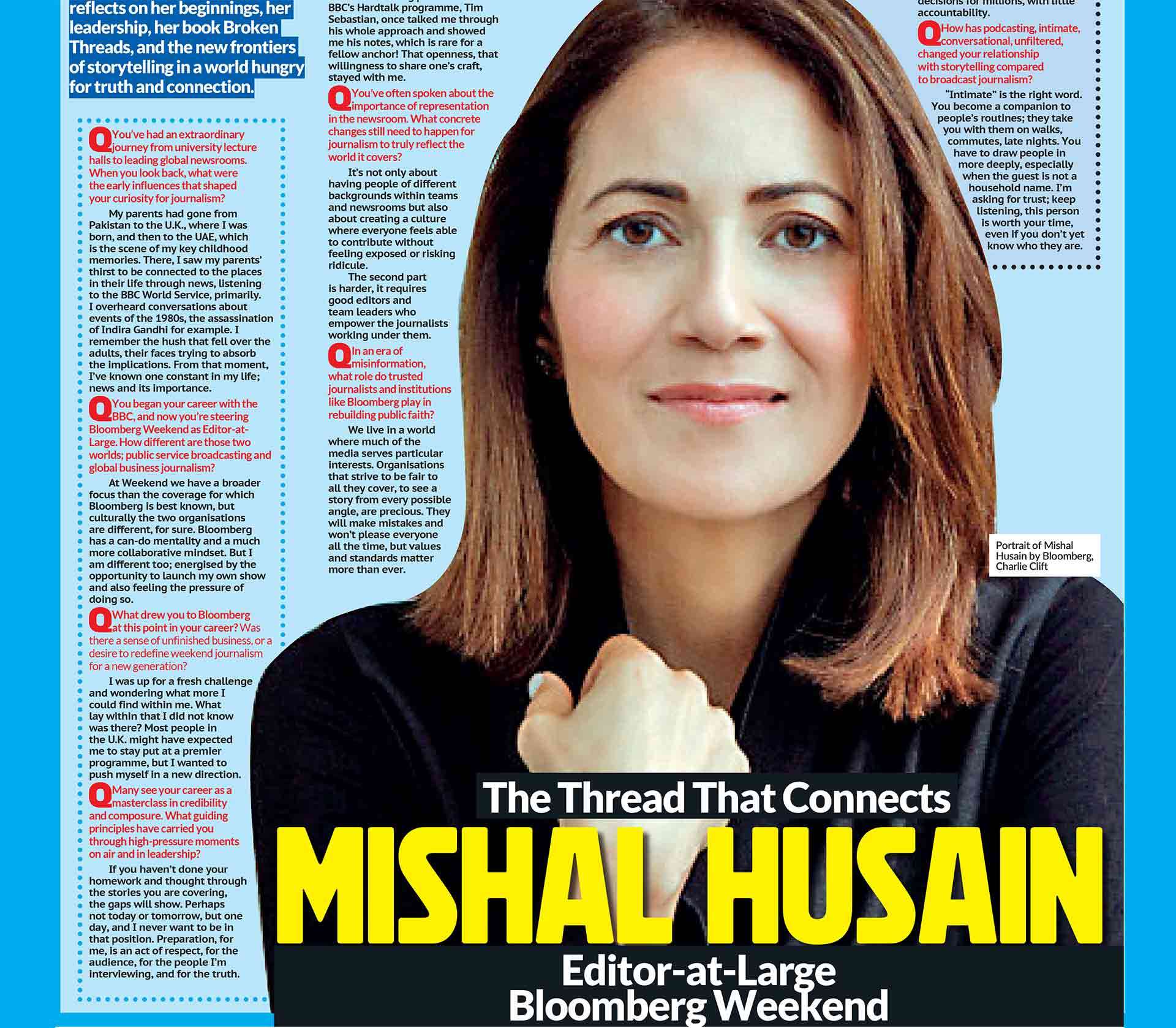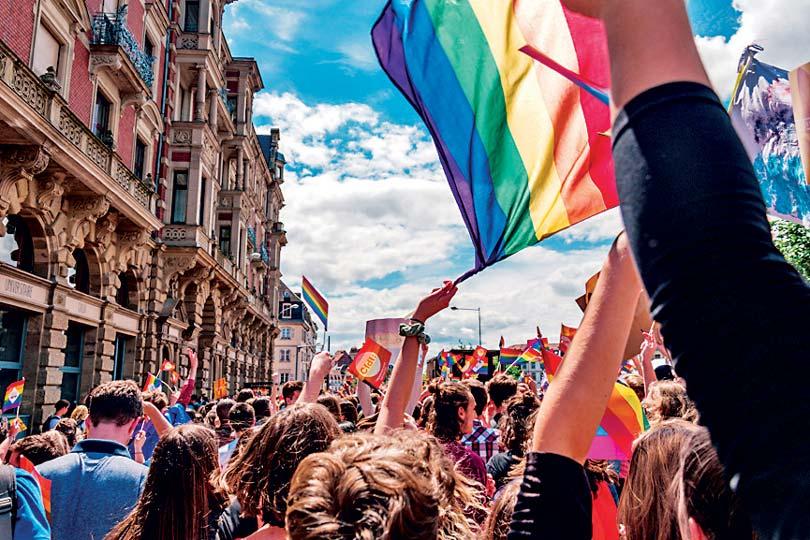
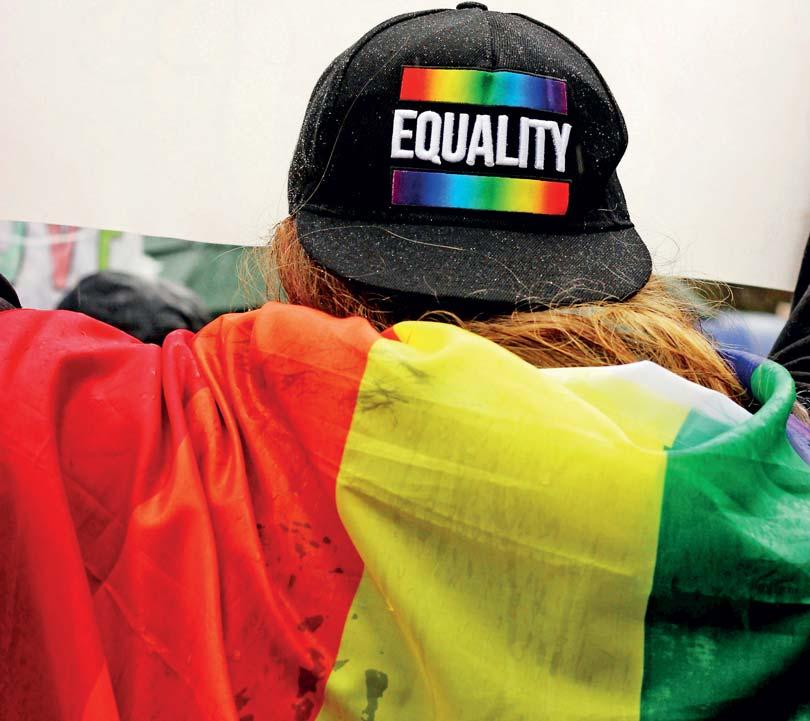
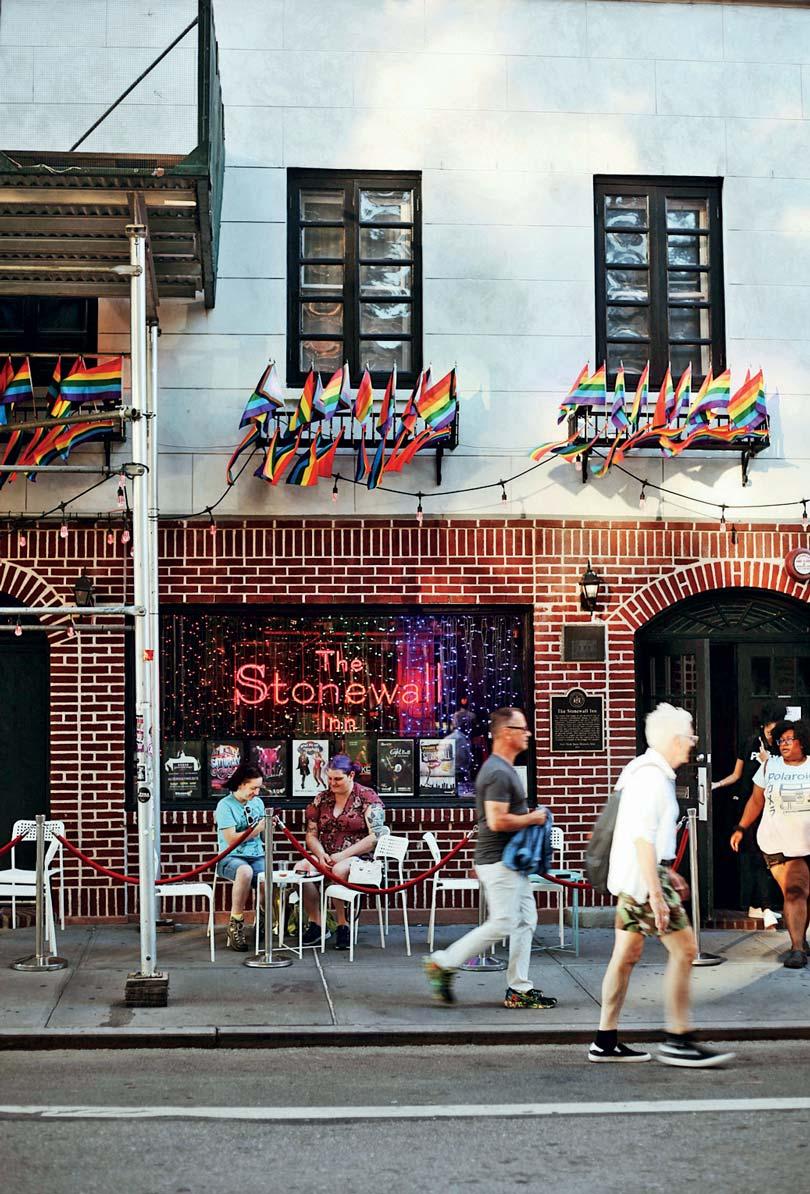
There are many ways to show support for the LGBTQ community both during and after Pride month. The most important of these are accepting them for who they are without judgement and giving them space to talk about their experiences.
The Minority Stress Model, developed by Dr Ilan Meyer originally attempted to explain the risk factors for poor mental wellbeing faced by those belonging to minority sexual identities. It has since been applied to gender diverse individuals as well as individuals belonging to other marginalised societal groups.
Pride month, celebrated every June honours the history, struggles and achievements of the LGBTQ community. Although solidarity and advocacy should be practiced all year round, this month shines a spotlight on the long-standing fight for equal rights, prominent figures within the community and the systematic oppression faced by individuals belonging to marginalised groups.
The origins of Pride month can be traced back to the Stonewall Uprising of 1969. This uprising refers to a six-day long clash between police and LGBTQ activists at the Stonewall Inn, a once prominent gay bar in New York City. Despite not being the first uprising of its kind, the Stonewall Uprising gained recognition as an important milestone in the journey to queer** liberation owing to widespread media coverage and resultant annual Pride traditions.
The weeks following the Stonewall Uprising saw the formation of many LGBTQ activist organisations both within the United States and globally. The international spotlight on the systematic mistreatment of queer individuals set in motion the move towards inclusive, non-discriminatory government policies, laws and education systems we see today. However, it is important to note that this time of queer liberation was not experienced equally by everyone. People of colour, women and transgender individuals were still marginalised, and had to create independent movements of their own to fight for their rights.
The Minority Stress Model, developed by Dr Ilan Meyer originally attempted to explain the risk factors for poor mental wellbeing faced by those belonging to minority sexual identities. It has since been applied to gender diverse individuals as well as individuals belonging to other marginalised societal groups. The model separates stressors faced by these groups into two categories, namely distal stressors and proximal stressors.
Distal stressors can be understood as external stressors such as societal ostracization and discriminatory behaviour. Proximal stressors relate to the individual’s own perception of themselves and others and can include internalised homophobia/transphobia and low self-esteem. Consistent exposure to these stressors can result in high levels of anxiety, susceptibility to mood, substance use and eating disorders and even increased risk of physical ailments such as cardiovascular disease and immune dysfunction. Individuals belonging to minority identities are also more likely to experience traumatic life events than those belonging to mainstream identities, increasing their risk of developing PTSD.
There are many ways to show support for the LGBTQ community both during and after Pride month. The most important of these are accepting them for who they are without judgement and giving them space to talk about their experiences. It is also important to keep yourself educated on current issues faced by the queer community, especially with regards to matters of the law and politics. Remaining up to date on the appropriate terminology to use when referring the LGBTQ community and issues that they face is another way of demonstrating solidarity.
Other ways of showing support include amplifying LGBTQ voices in the media, supporting LGBTQ organisations, advocating for inclusion in academic institutions and places of work and checking in on queer friends and family.
It is imperative that we remember that Pride month is about much more than rainbow merch. It is a reminder of how hard the LGBTQ community has fought and continues to fight against the systematic oppression and discrimination that they face. It is a time to celebrate their success and honour those lost along the way whilst also embracing their community and expressing their unique identities.
Although Pride month is commemorated in June, the fight for equality should continue all year-round. Despite how far we’ve come, there is so much further to go- so let’s keep working towards a world in which love and identity are celebrated loud and proud every single day!
Please note that the word ‘queer’ has been reclaimed by the LGBTQ community.
It is used to refer to individuals who identify
as non-heterosexual or non-cisgender
and is not intended in a derogatory manner.
